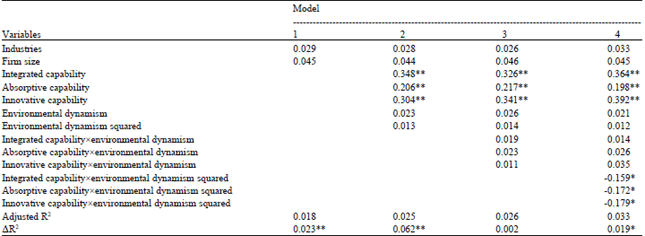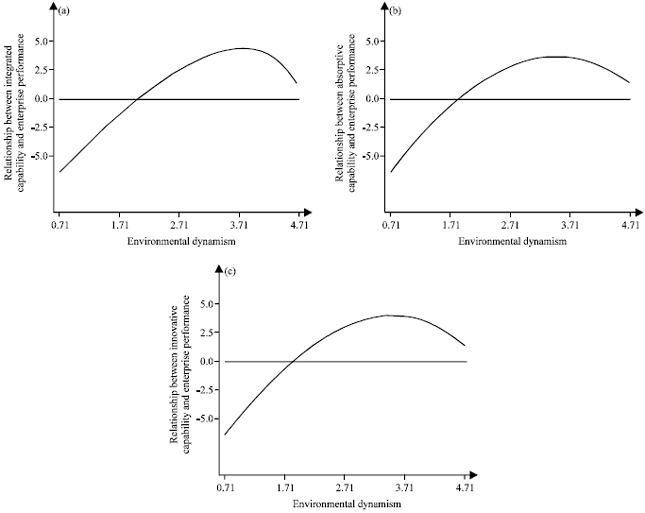Research Article
Impact of Manufacturing Dynamic Capabilities on Enterprise Performance-the Nonlinear Moderating Effect of Environmental Dynamism
School of Management, Harbin Institute of Technology, HIT Science Park 2H, Harbin, China
Tian Yezhuang
School of Management, Harbin Institute of Technology, HIT Science Park 2H, Harbin, China
Yu Qianqian
School of Management, Harbin Institute of Technology, HIT Science Park 2H, Harbin, China











